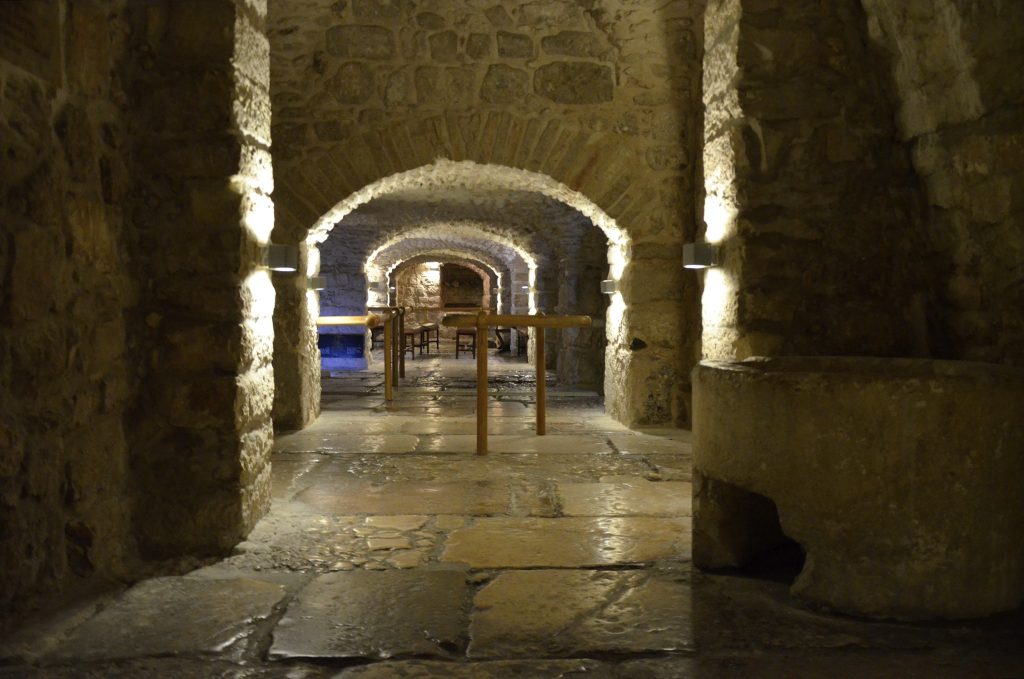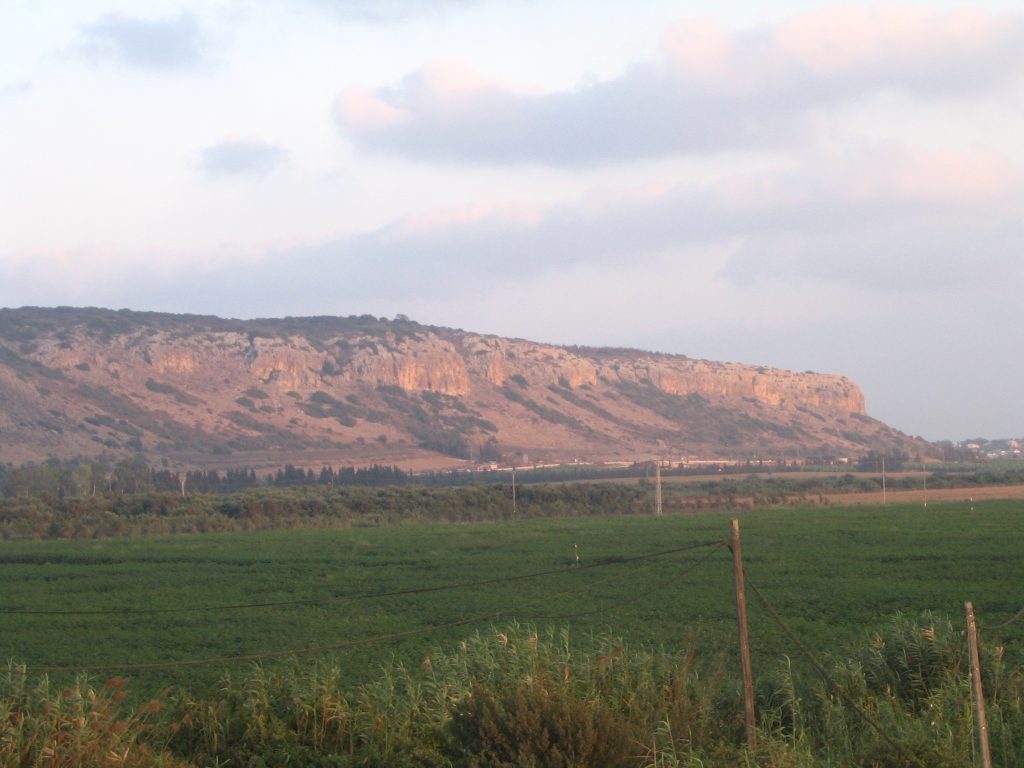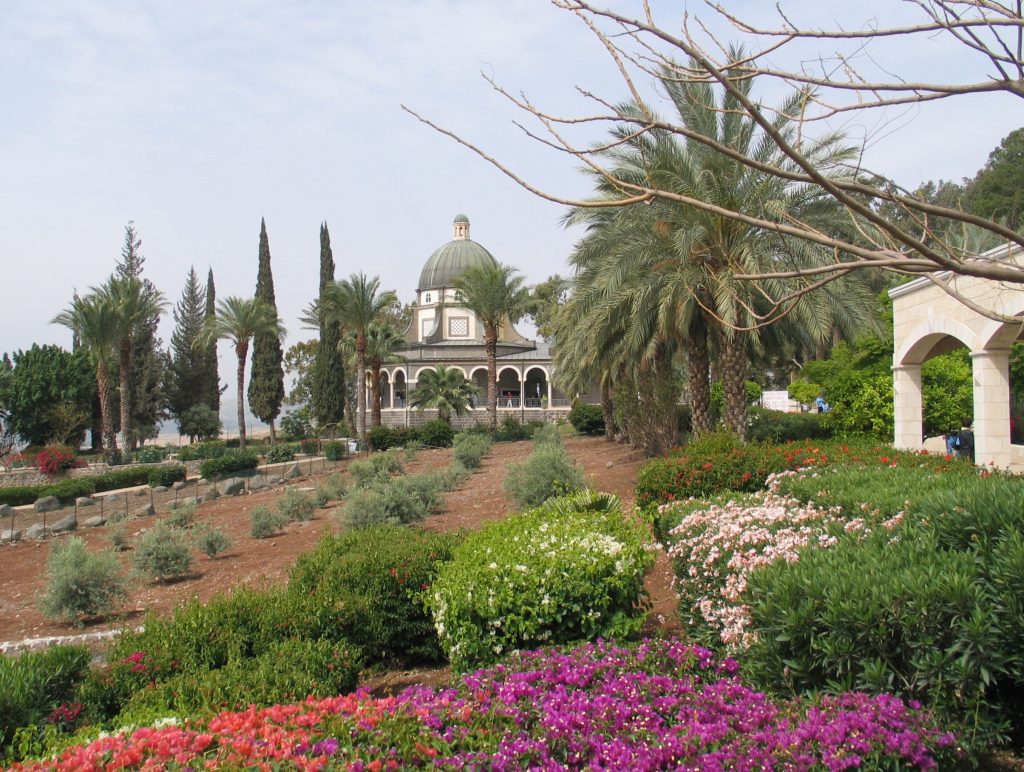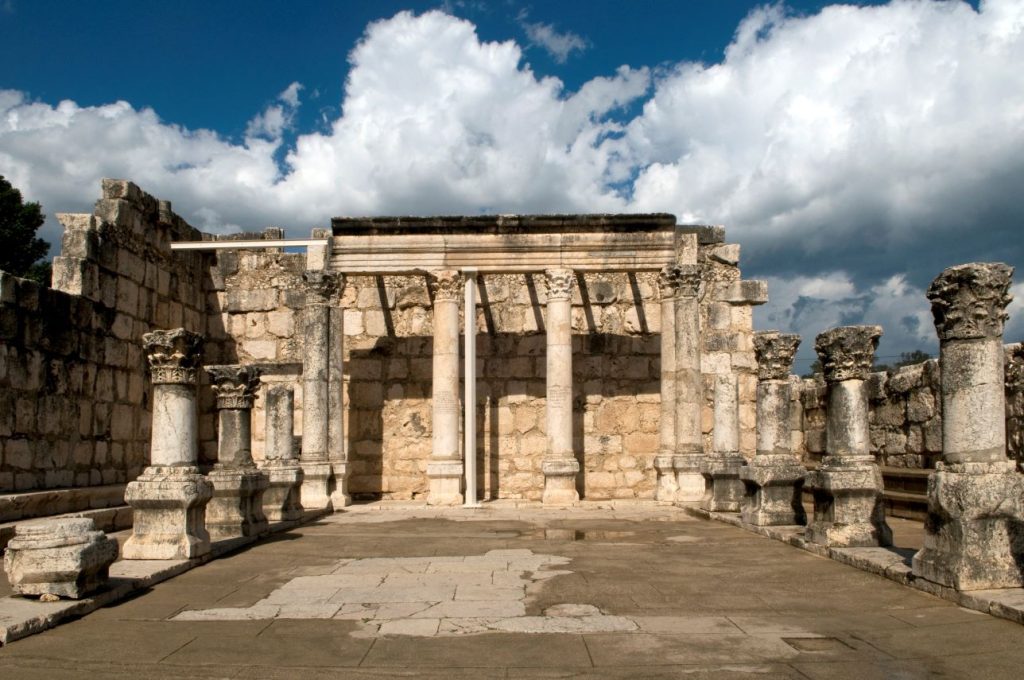Steeped in Christian heritage, the Lithostrotos is a sacred location mentioned in the Gospel of John. Literally translating to ‘stone pavement’, it signifies the place where Pontius Pilate, the Roman governor, sat in judgment of Jesus, ultimately leading to His crucifixion (John 19:13).
Located in the heart of Jerusalem, the Lithostrotos is part of the Antonia Fortress, an ancient military barracks. The site offers a tangible connection to a critical moment in Christian history, taking visitors back to that fateful day when Jesus, clad in a purple robe and crowned with thorns, was presented to the people with the words, “Behold, your King!” (John 19:14-15).
Today, the Lithostrotos can be found under the Convent of the Sisters of Zion, accessible through the Ecce Homo arch. The cobbled stone floor bears etchings of games etched by Roman soldiers, echoing with a time imbued with divine sacrifice and prophetic fulfillment.
Visiting the Lithostrotos is a pilgrimage in remembrance of Jesus’s trial and subsequent passion. The echoes of the past resonate through the stone pavement, encapsulating the gravity of the events that unfolded here, forging an immersive journey into the heart of Christian tradition.
Bible Verses:
- John 19:13, detailing Pontius Pilate’s judgement of Jesus at the Lithostrotos.
- Matthew 27:27-31, describing the mocking of Jesus prior to His crucifixion.
- Mark 15:15, portraying Pilate’s decision to hand Jesus over for crucifixion.
- Luke 23:24, reinforcing Pilate’s surrender to the crowd’s demand.
- Isaiah 53:5, prophesying the suffering of Jesus for humanity’s redemption.





